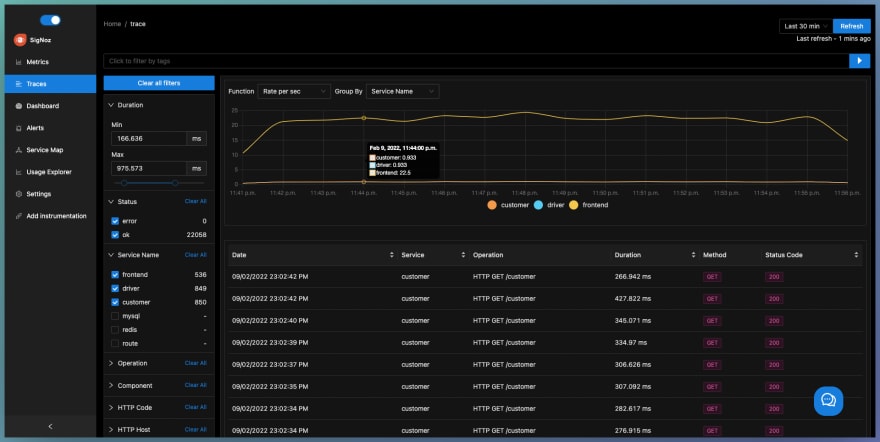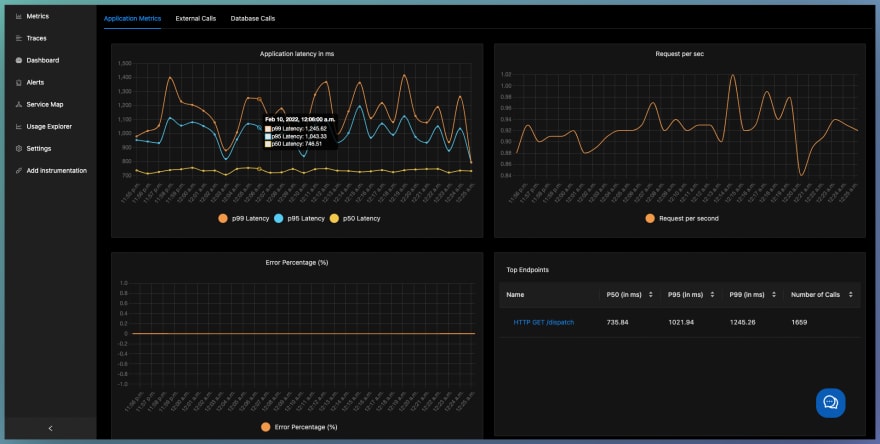The complete DevOps roadmap 🚀

Hi there,
This is Ankit, your friendly DevOps content curator. I read a lot of articles about DevOps, distributed systems, performance monitoring, etc. and then share key takeaways from those articles so that you can stay updated and learn a few things quickly.🙂
DevOps for any organization is a cultural shift. It's not just about tools and technologies but a continuous practice needed for building and maintaining scalable web applications.
Today I want to share an amazing resource useful for anyone in the journey of becoming an Ops Engineer. This Github project has 163k stars, showing how popular it is. It has roadmaps on becoming a frontend, backend & DevOps engineer.
Link to the GitHub repo👇
Developer roadmaps
The 2021 DevOps roadmap

Now let's go through the steps of the roadmap one by one.
1. Learning a programming language
You need to get a good grasp of a programming language. It doesn't matter which one, but it's needed for writing automation code. Automation is a key part of DevOps. You can learn Python, Java, Ruby, Golang etc.
2. Understand different OS concepts
As suggested in the roadmap, you need to learn about process management, threads & concurrency, sockets, I/O management, virtualization, memory system, etc.
3. Learn to Live in terminal
Terminal commands are essential for a DevOps engineer, especially if you are working on linux. You need to learn commands for process monitoring, text manipulation, system performance, etc. When you practice these commands, you can become a master at shell scripting.
4. Network, Security & Protocols
You need to be familiar with various types of protocols which play a major role in communicating with different devices across the network like TCP/IP, HTTP, HTTPS, SMTP, FTP etc.
5. What is and how to setup
In general, a DevOps engineer should know how to set up a web server like IIS, Nginx, Apache and Tomcat. They should also know about Caching Server, Load balancer, Reverse Proxy, and Firewall, etc.
6. Learn Infrastructure as code
This is one of the most critical component in the learning path of a DevOps engineer. You need to learn about app containerization and have thorough understand of container tools like Docker and Kubernetes. Configuration management tools like Ansible, Chef, Salt & Puppet. Other areas include container orchestration and infrastructure provisioning.
7. Learn some Continuous Integration and Delivery (CI/CD) tools
Continuous Integration/Continuous Deployment is now a core part of setting a DevOps culture. So you should get familiar with CI/CD tools like Gitlab, Jenkins, Github actions etc.
8. Learn to monitor software and infrastructure
When you have thousands of services running, it's important to make sure that the system is running in fine health. Both your infrastructure and application should be continuously monitored. Tools like SigNoz can help you in setting up a robust monitoring system for your applications.
9. Learn about Cloud Providers
Most of the apps today are built as cloud-native. So you need to make yourself familiar with major cloud providers. AWS, Azure and Google Cloud are the leading players and they provide free courses about their tools too.
There is lot to learn in this field with constantly changing landscape. But with a good foundation and practice, you can build a solid career in this field which is growing very quickly.
Currently building SigNoz - an open-source APM & observability tool 💙
 SigNoz
/
signoz
SigNoz
/
signoz
SigNoz is an open-source APM. It helps developers monitor their applications & troubleshoot problems, an open-source alternative to DataDog, NewRelic, etc. 🔥 🖥. 👉 Open source Application Performance Monitoring (APM) & Observability tool
Monitor your applications and troubleshoot problems in your deployed applications, an open-source alternative to DataDog, New Relic, etc.
Documentation • ReadMe in Chinese • ReadMe in German • ReadMe in Portuguese • Slack Community • Twitter
SigNoz helps developers monitor applications and troubleshoot problems in their deployed applications. SigNoz uses distributed tracing to gain visibility into your software stack.
Join our Slack community
Come say Hi to us on Slack
Features:
- Application overview metrics like RPS, 50th/90th/99th Percentile latencies, and Error Rate
- Slowest endpoints in your application
- See exact…








